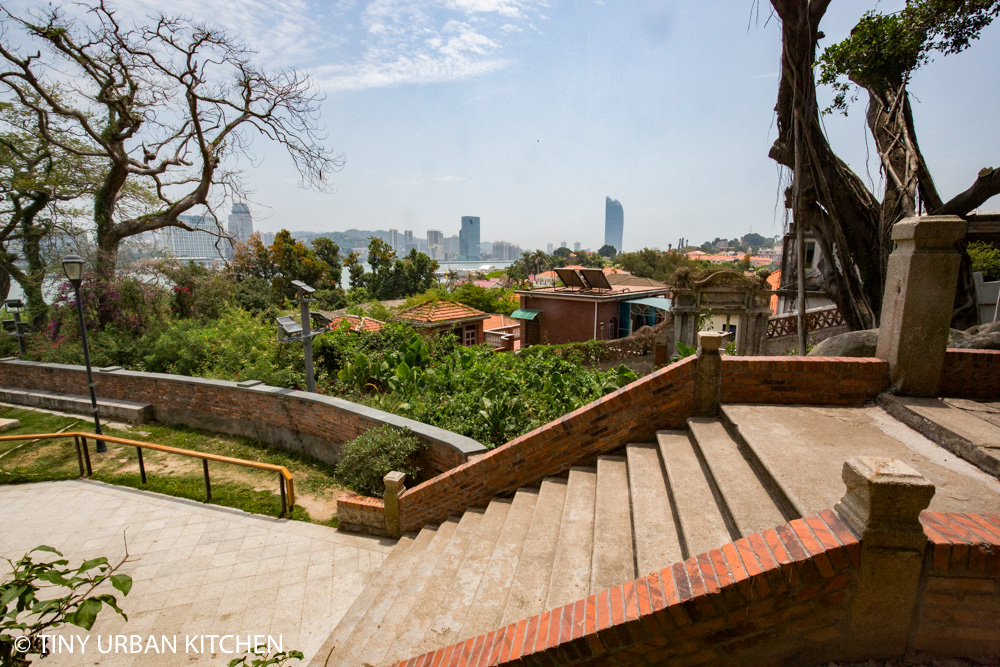
It's funny, but Bryan and I had not intended to visit Xiamen, a Chinese coastal city known for its beautiful gardens, good seafood, and beaches. We vaguely knew Bryan's dad's side of the family had come from there, but we didn't give it much thought. In fact, the only reason we ended up coming was that while planning a trip to Taiwan (which is right across the straight from Xiamen), our friend suggested that we stop by Xiamen as well.
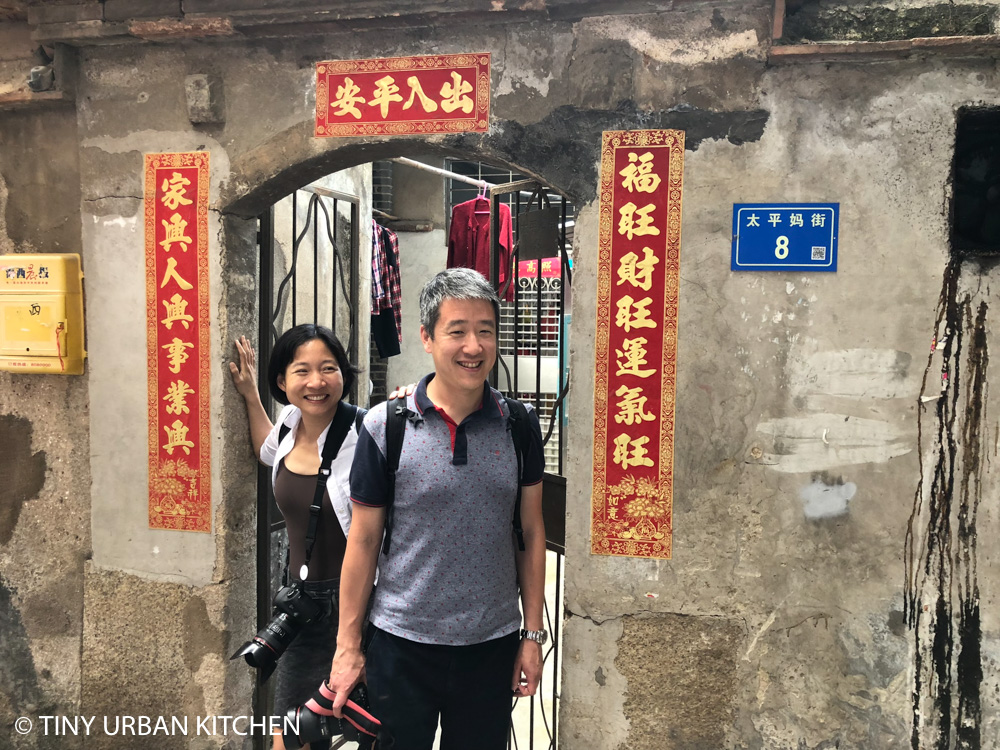
Us in front of Bryan's old family home in Xiamen.
It turned out to be an amazingly enriching trip. Yes, we enjoyed the beautiful tree-lined streets, delicious seafood, and sunny beaches. But the biggest surprise was finding out that Bryan's granduncle from the US happened to be in Xiamen on the exact same days we were there. He invited us to visit Bryan's ancestor home, an old traditional house in a preserved village that still looks pretty much the same as when his grandfather bought it 80+ years ago (!).
We met his relatives (some of whom still live in that house!), and we enjoyed the best Chinese home cooking we'd ever had in mainland China.
Here's a brief look at some of the places we visited in Xiamen. I'll follow up with a couple posts focusing more on the local foods of the region as well as our visit to Bryan's family home.
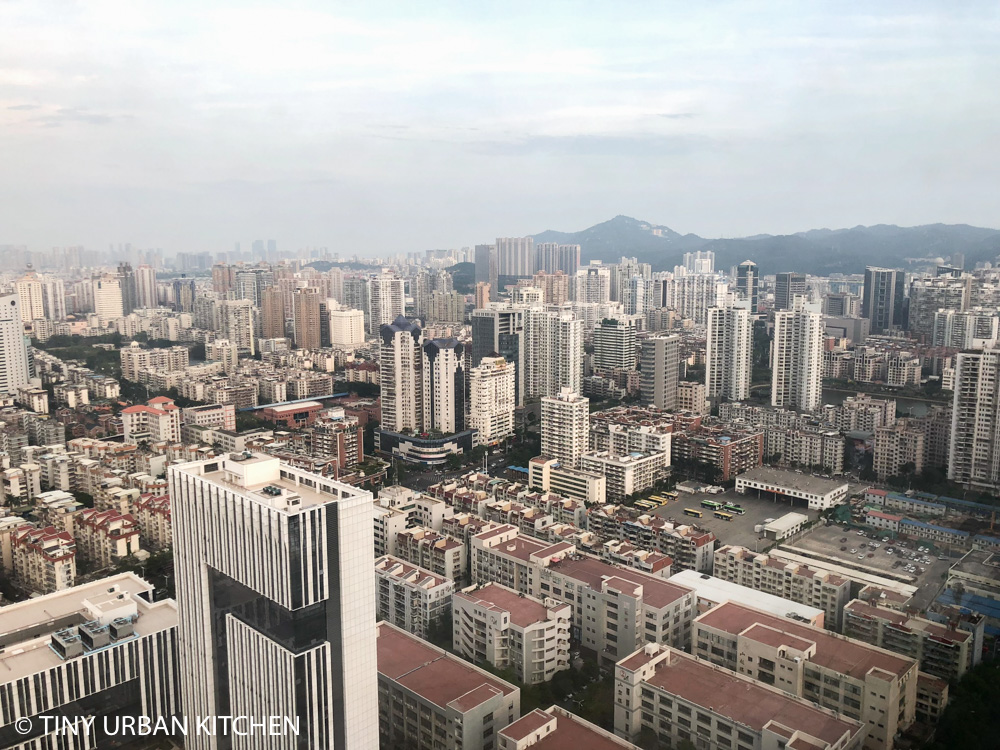
Xiamen is considered a medium-size city by Chinese standards, with a population of 3.5 million. It has the benefit of warm weather, lots of beaches, and a surprising amount of green. It is a popular vacation spot, and people consider it one of the cleaner and well-run cities in the country.
Gulangyu
(鼓浪屿)
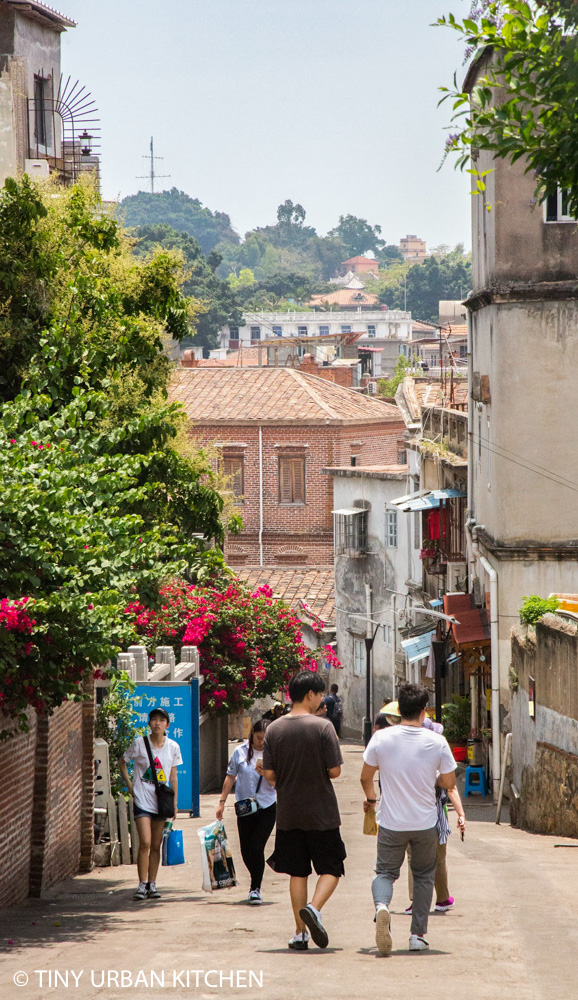
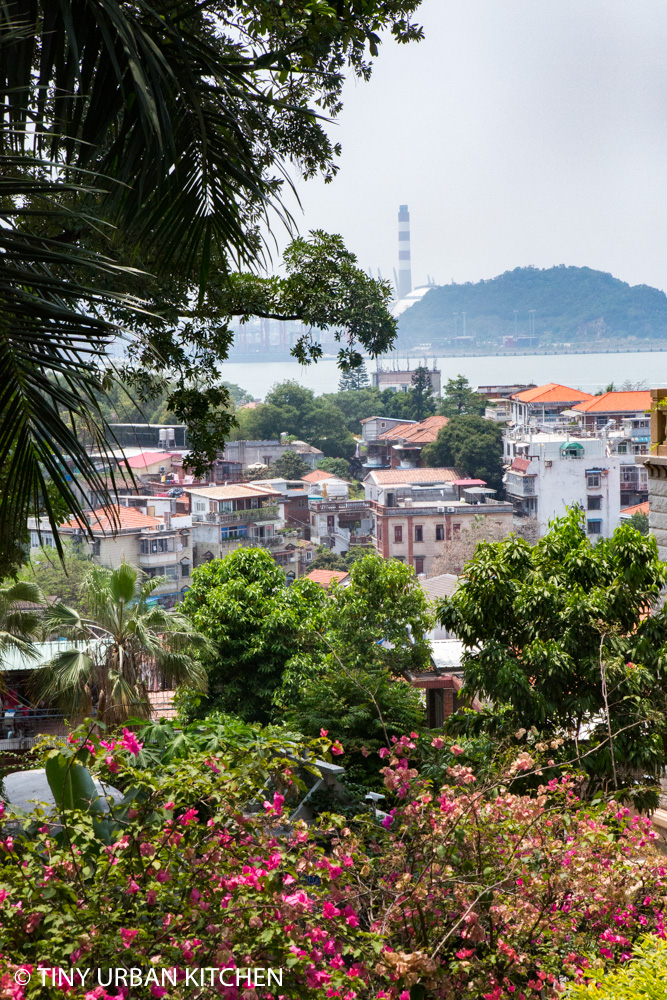
The number one destination for all tourists coming to Xiamen is Gulangyu Island, a pedestrian-only island and UNESCO world heritage site that is a short ferry ride from Xiamen. The island was inhabited by Westerners (being the only international settlement in China outside of Shanghai), and therefore its architecture reflects some of this influence.
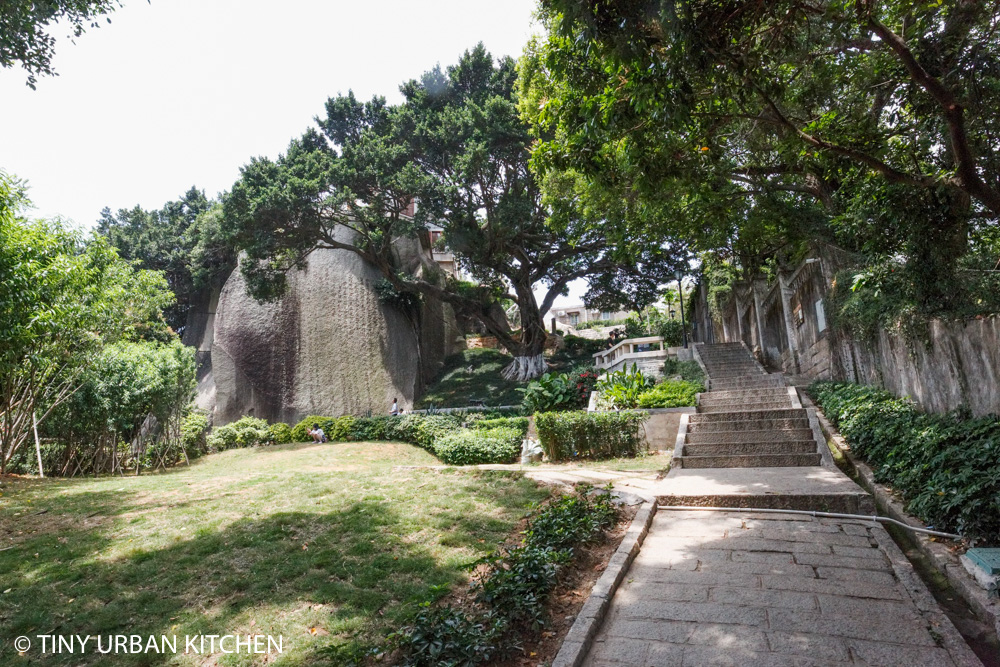
I loved walking around the island exploring various random side streets and parks. The fact that cars, motorcycles, and even bicycles are not allowed on the island makes walking a particularly pleasant experience.
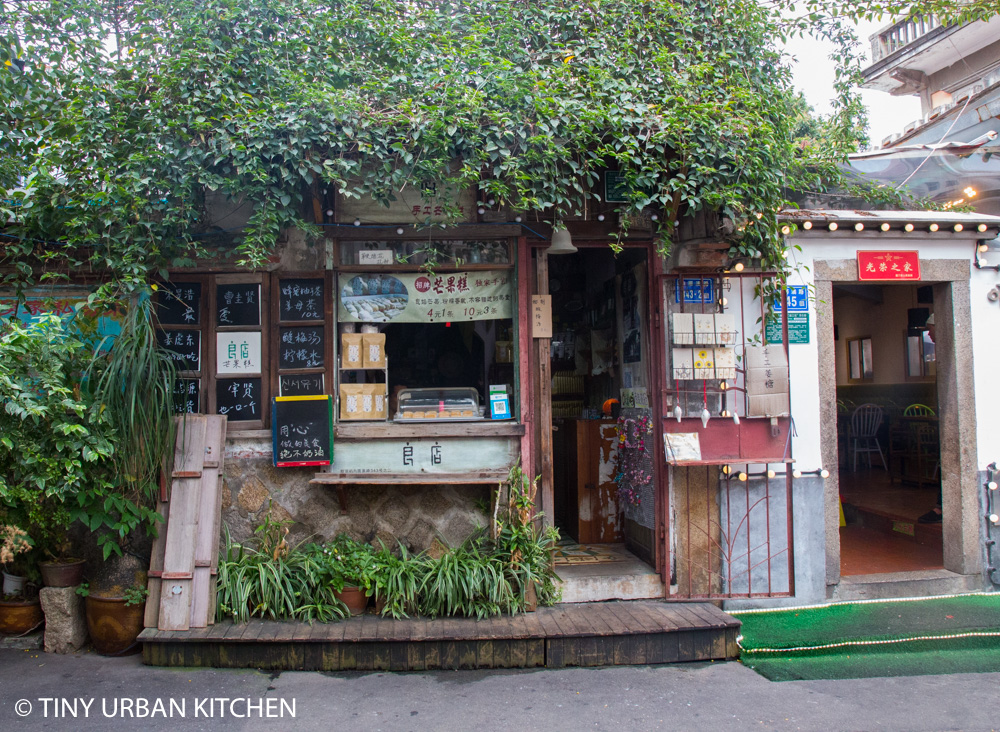
I would recommend coming early if you can. We opted to stay away from the touristy (read: crowded) sections of the island and instead chose to wander around the more residential areas.
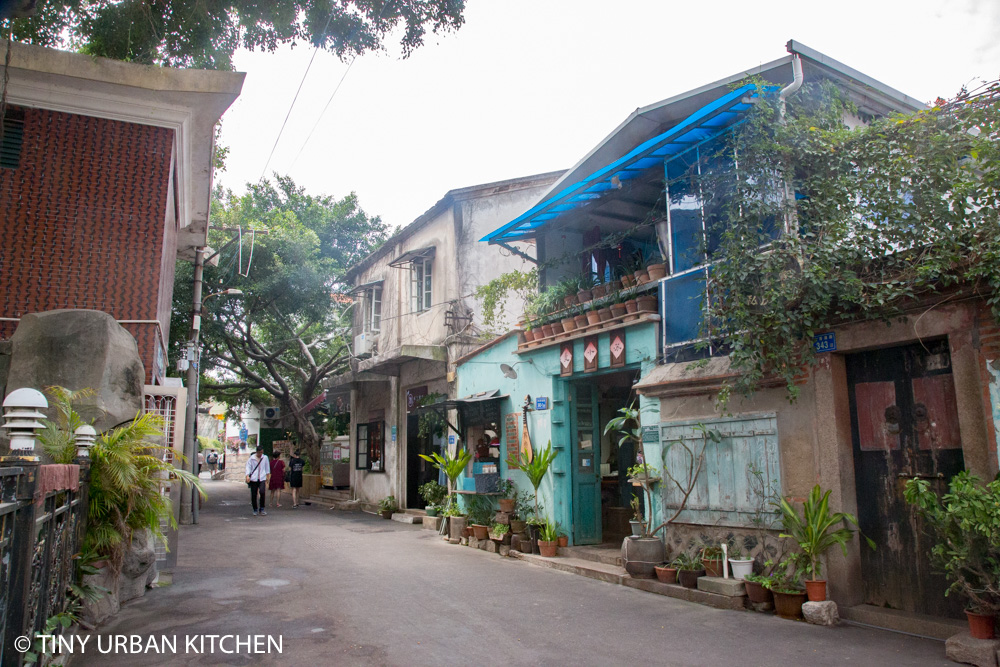
How to get there: Non Xiamen residents must use the tourist ferry from Xiamen, which costs 35 RMB for a round-trip ticket and takes about 20 minutes. There are a limited number of tickets for each time slot, so it's best to pre-book your tickets online. We bought our tickets a couple days beforehand, and by the time we showed up at the ferry station, we saw people being told that they had to wait several hours before they could board the next boat. If you're not a Chinese citizen, remember to bring your passport! You need it to get on the boat. (Otherwise, bring your Chinese ID card.)
Night Markets
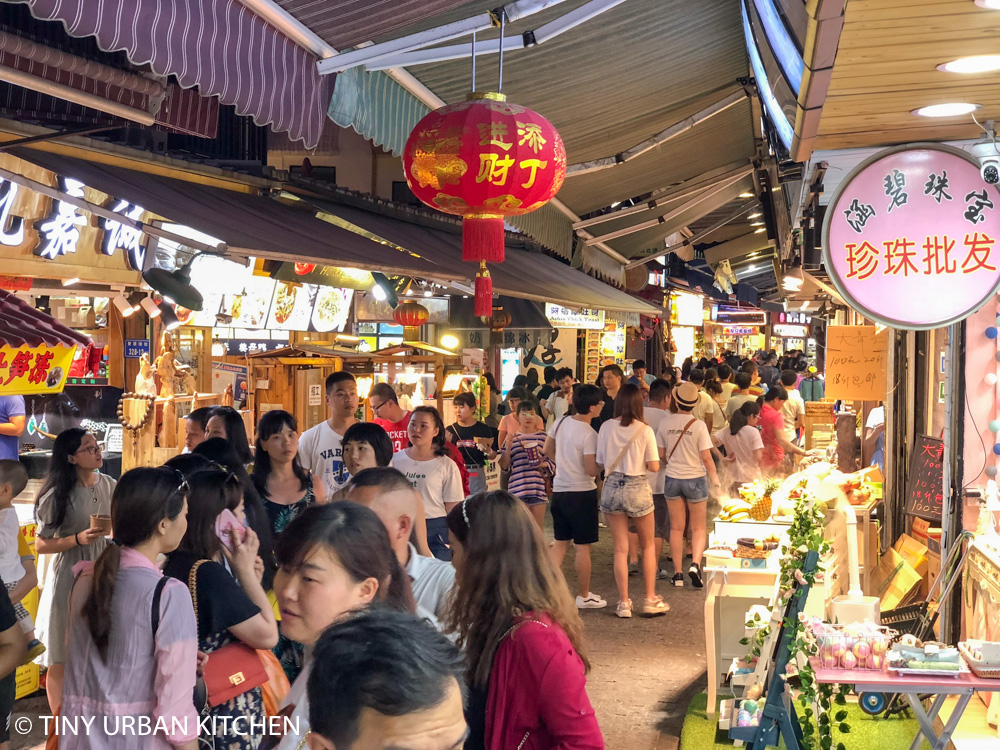
The night market culture in Xiamen is strong. A lot of the food reminded me of Taiwan (like the oyster omelets and stinky tofu!), yet the region has its own unique foods as well. The most famous place to visit for street food is Zhong Shan Road, though you can also find plenty of good street stalls on Ding 'ao zai Street (also known as "Cat Street for its colorful cat murals painted on the walls), and at Gulangyu. I'll dedicate a whole separate food to some of the special unique Xiamen specialties we enjoyed.
Beaches and Gardens
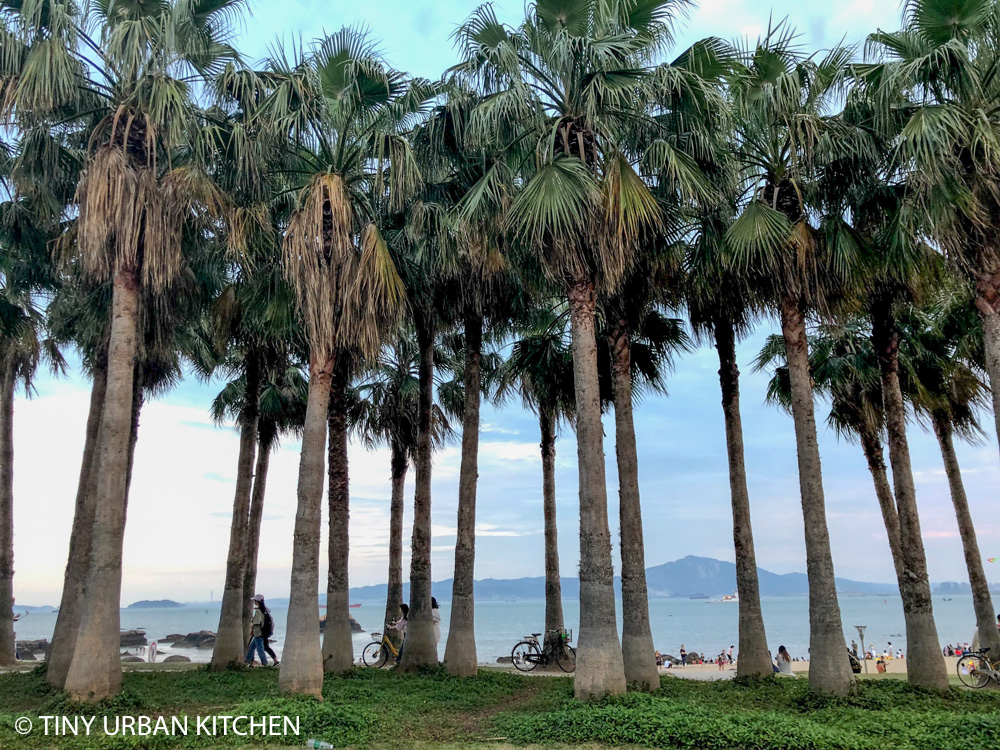
Xiamen is largely known as a leisure city, largely because of its lovely beaches. Baicheng Beach is a popular destination, one of several beaches along the beautiful bike path Huandao Road (or Islet-Ring Road), a 31-km dedicated bike path that goes along several beaches in Xiamen.
Unfortunately, due to congested traffic on the busy weekend we were there, we ended up running out of time to bike along this famous path. I hope to do it someday in the future! At least we got to see Baicheng Beach for a bit.
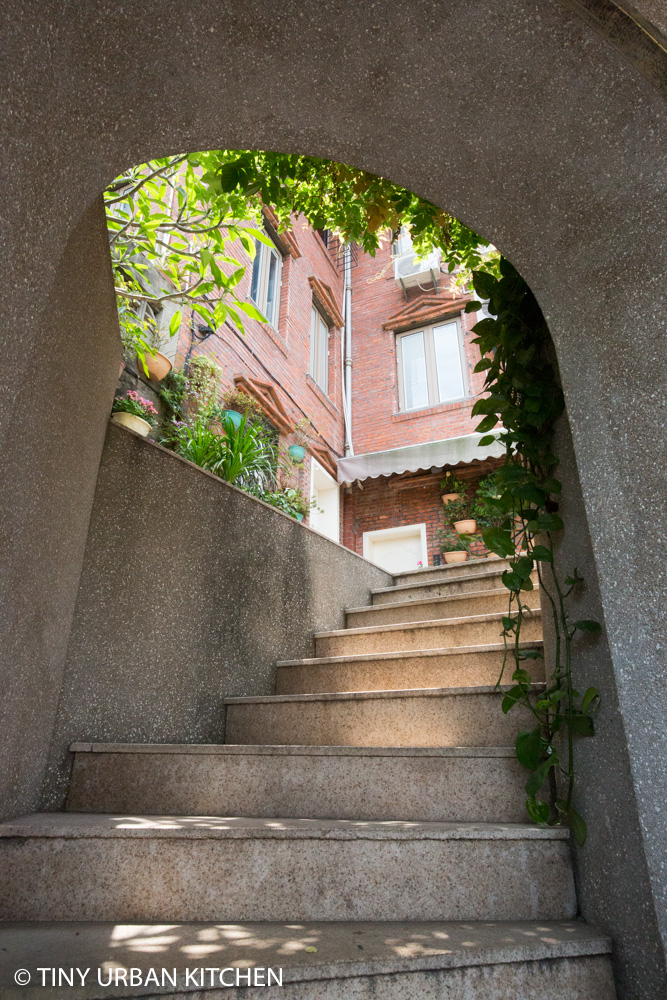
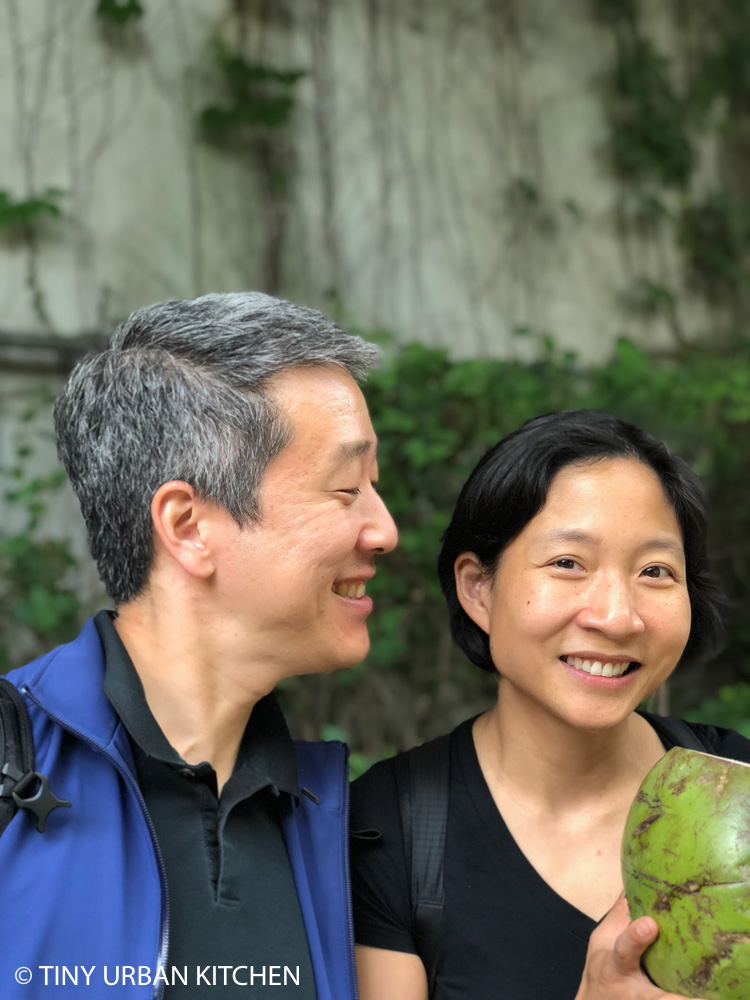
In general, Xiamen is full of surprises, and it's fun to walk around and just discover beautiful parks and gardens, which are located all over the place.

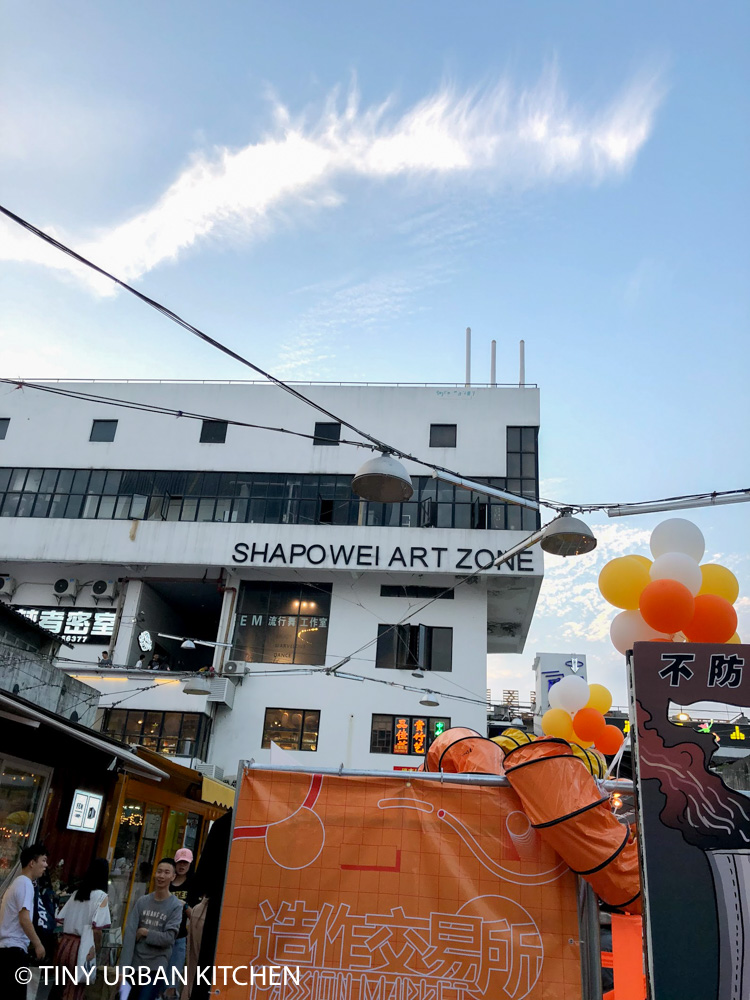
Top left: the Railway Culture Park, a cute little park built on top of an old railway.
Top right: the Shapowei Art Zone (also pictured below).
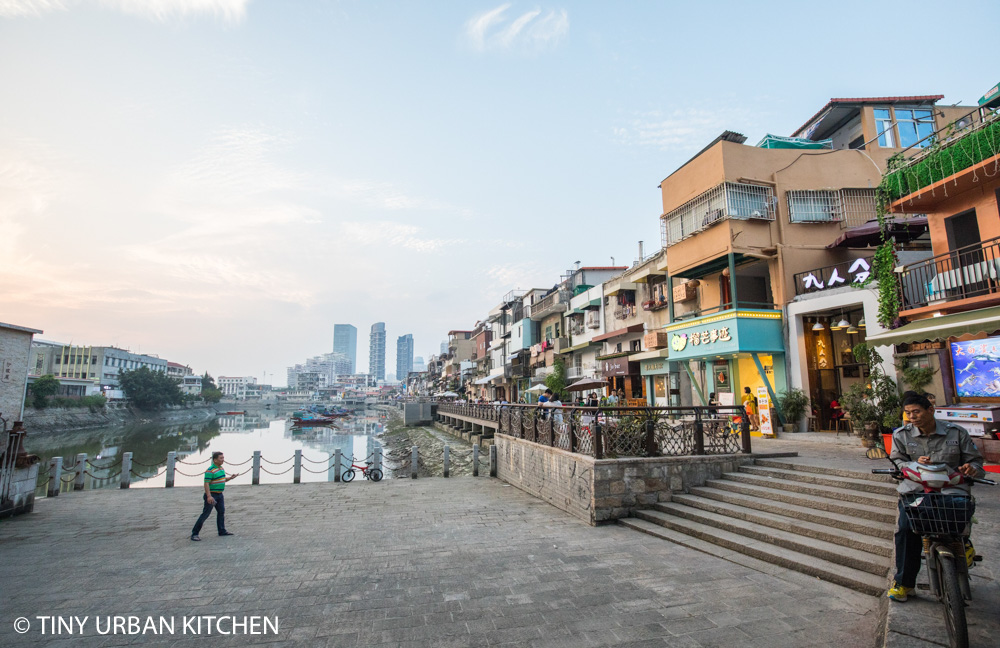
The Shapowei Art Zone is a former fishing village that has become transformed into a place where local artists sell their art. 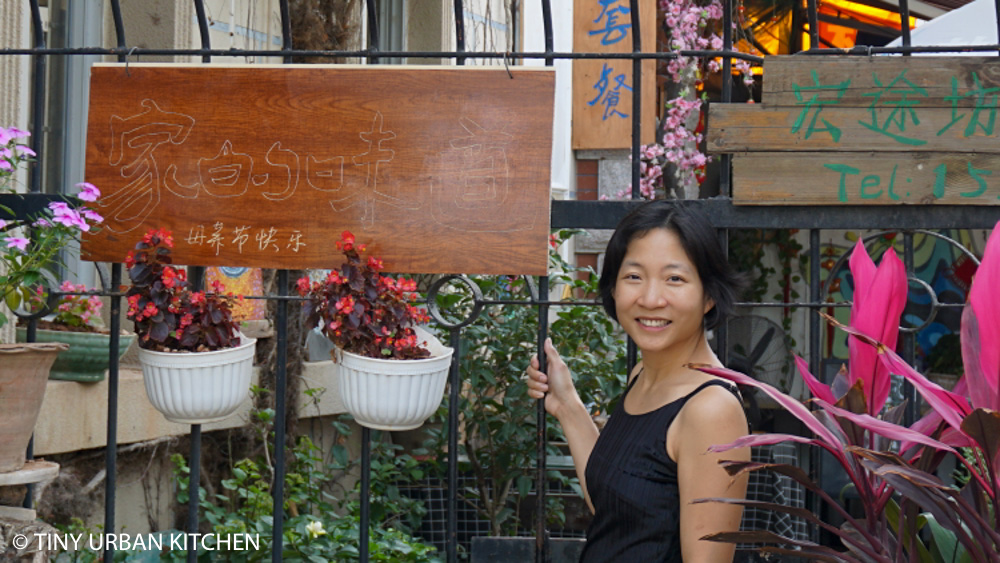
Jimei School Village, a pretty place to walk around and enjoy the village's unique architecture as well as the manmade lake.
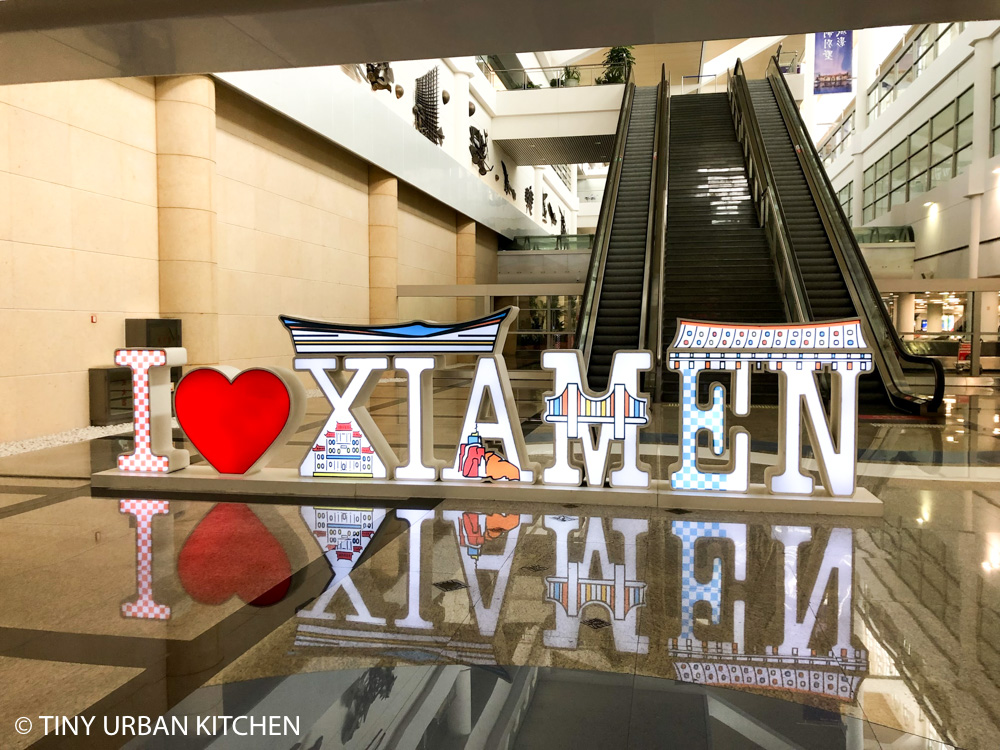
I came away from Xiamen being pleasantly surprised at how pretty it was. Sure, there were times when it felt inconvenient because there was only one subway line (which closed at 10:30PM!), and not all major tourist destinations were near a subway stop. In general transportation was not as fast or convenient as it is in Shenzhen or Hong Kong. However, it is a lovely leisure place with a much slower pace of life. It's a great get-away spot.
Because we now know some of Bryan's family that live there, I think it's quite likely that we'll be back to Xiamen again.
Up next: FOOD in Xiamen!!!








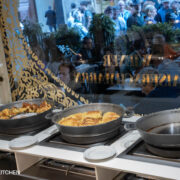
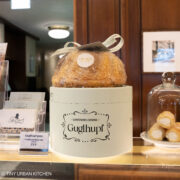
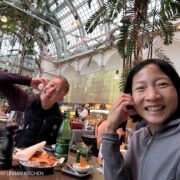


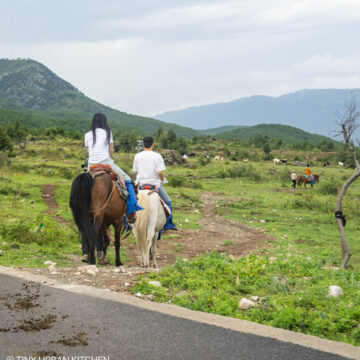
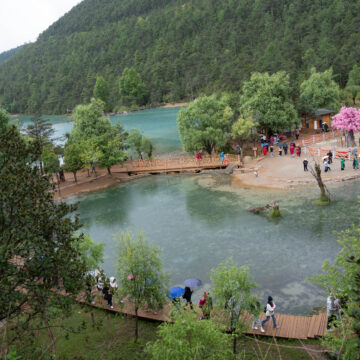
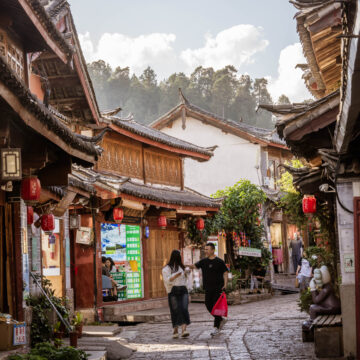
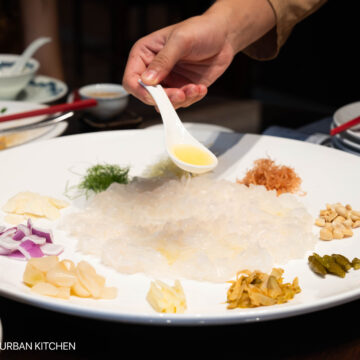
[…] This is the second post that’s part of a larger series about my trip to Xiamen, China. Other posts in this series include A Weekend Trip to Xiamen China […]